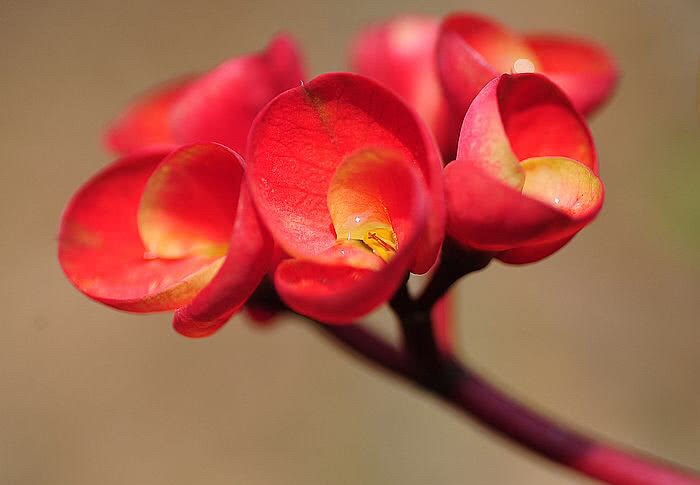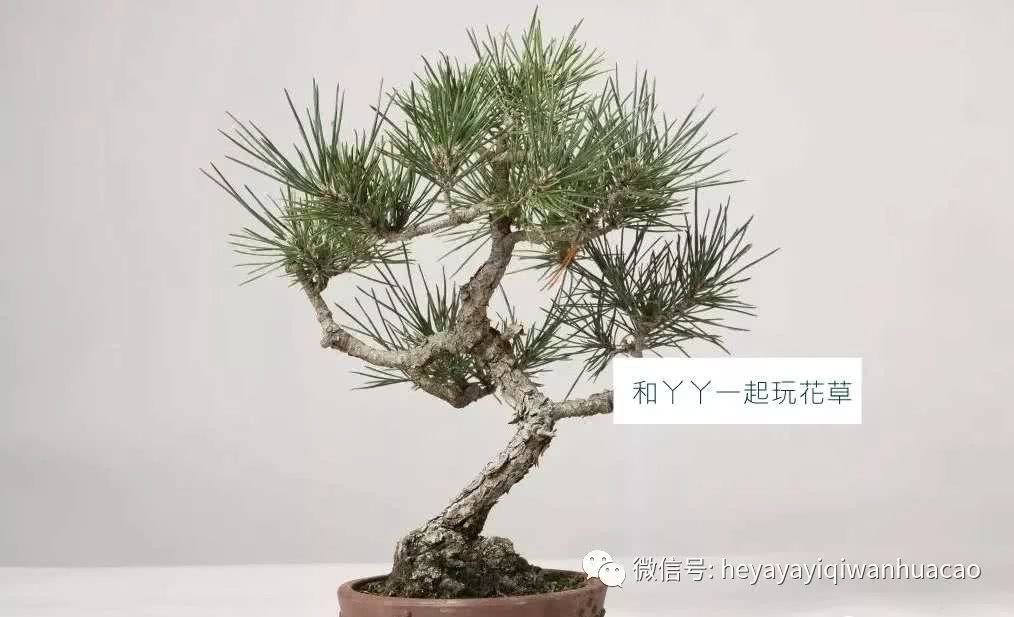Why is tiger prickly plum poisonous at home?

Tiger thorn plum: also known as iron begonia, is a trailing shrub plant. The stem is much branched, the stem has hard and pointed conical spines, leaves alternate, concentrated on the twigs, flowering and fruiting throughout the year. The flowers of tiger thorn plum are bright red, rose red, yellow, white and so on. The plum blossoms in full bloom, like the stars in the sky, are small but numerous. When the flowers on all the branches bloom, a few red spots in the green leaves are even more beautiful and lovely. Tiger thorn plum can be divided into large flowers and small flowers. It is very popular because of its long flowering period, bright colors and easy cultivation.
Prunus przewalskii has certain requirements on the surrounding growth environment, the most suitable for ventilation, so generally planted in the courtyard, balcony more, such as indoor unventilated, bad ventilation, more muggy, will lead to yellow leaves. Prunus angustifolia is a horticultural hybrid of unicorn flower. The whole plant is poisonous and the white milk is highly toxic. Accidental eating will lead to vomiting and diarrhea. (not to mention that it is full of thorns, even without thorns, no one can watch it drool, growing flowers is not used to eat) and tiger prickly plum is poisonous and is not suitable for indoor breeding. It's best to put it on the balcony. It's really killing two birds with one stone. It is said that activating substances containing carcinogenic viruses and chemical carcinogens have been detected in the soil where such plants have been planted. There is currently no scientific basis for this statement, and if so, the country will ban the sale and cultivation of such plants.
People who raise tiger thorns in the family may know that tiger thorns are poisonous, but why do they still have them at home? And there is more than one, just because of its long flowering period, is it of ornamental value?
It turns out that tiger thorn plum has the role of protecting the home, it is the evil spirit plant, the evil spirit plant is different from the thriving plant, its stem or flower and leaf all have thorns, if there is a thorn, it can rush to the top of the evil spirit and make it retreat. Tiger thorn plum with dense leaves and sharp thorns, easy to grow, is also an excellent evil spirit plant. (in terms of fengshui, most of those with thorns can melt evil spirits, so there should be some prickly plants at home.)
Prunus przewalskii has medicinal value. The stems, flowers, branches and leaves of Prunus angustifolia can be used as medicine, which has the effect of clearing away heat and detoxification, stopping diarrhea, pulling poison and purging fire, cooling blood and stopping bleeding. And the tiger thorn plum has a great characteristic is that its thorns can secrete a kind of toxic mucus, which can stick to mosquitoes and flies.
Tiger thorn plum has neither the charm of roses, nor the rich fragrance of magnolia, nor the aroma of magnolia, nor is it always concerned. It is the small flower, blooming its beauty in obscurity and showing the most beautiful side, regardless of spring, summer, autumn and winter, whether it is cold and hot, whether it is praised or not, all live freely and arrogantly. So the flower words of tiger thorn plum are: stubborn and steadfast, gentle and loyal, brave and elegant.
- Prev

The old woman didn't have the money to pay the bill. The girl was confused after her death for three years.
(from the reader's contribution, the picture of this article is from the Internet) the old woman had no money to pay for the meal, and the girl helped to pay for 3 years. After her death, the girl was confused. "Why didn't the granny come to the store today?"... " Ah Yuan looked at the patter of rain outside and began.
- Next

I can't bear to play bonsai.
A good foundation of the old black pine, bursting skin, the trunk posture is beautiful, the foundation is stable, but the trunk is too thin, if there are too many branches, the proportion will be out of balance, of course, the most effective way to raise the trunk is to use the selected trunk.
Related
- Wuhan Hospital Iron Tree Blooming Result Was Instantly Frightened by the Gardener Master
- Which variety of camellia is the most fragrant and best? Which one do you like best?
- What is the small blue coat, the breeding methods and matters needing attention of the succulent plant
- Dormancy time and maintenance management of succulent plants during dormancy
- Minas succulent how to raise, Minas succulent plant pictures
- What are the varieties of winter succulent plants
- How to raise succulent plants in twelve rolls? let's take a look at some experience of breeding twelve rolls.
- Attention should be paid to water control for succulent plants during dormant period (winter and summer)
- Watering experience of twelve rolls of succulent plants
- Techniques for fertilizing succulent plants. An article will let you know how to fertilize succulent plants.

